Autumn is a time of change. The daylight hours reduce and the temperature gets cooler.
As trees drop their leaves, we layer ourselves up with jackets, coats, boots, scarves and hats. How do you feel when you go outside in the autumn? Do you get back inside as quickly as possible, perhaps like this girl in a photograph by Linda McCarthy?
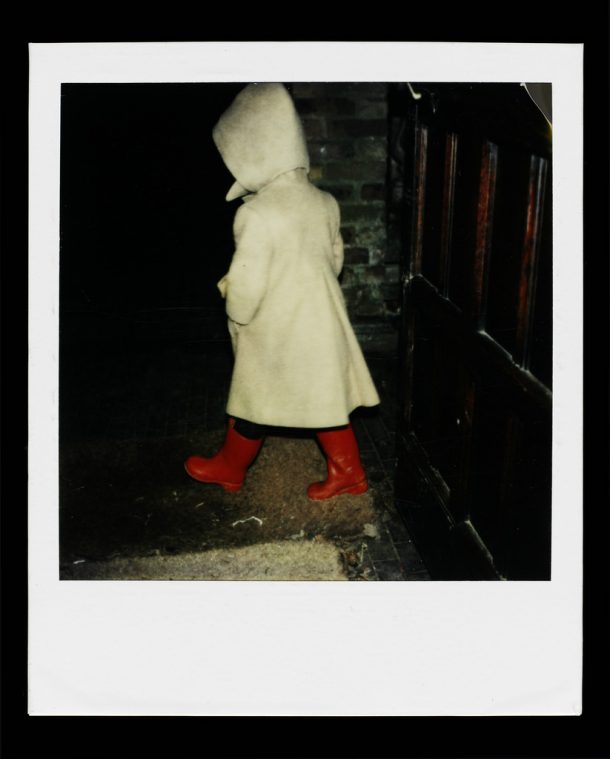
Or do you embrace the cold like Mike Eghan as shown in the photograph by James Barnor.
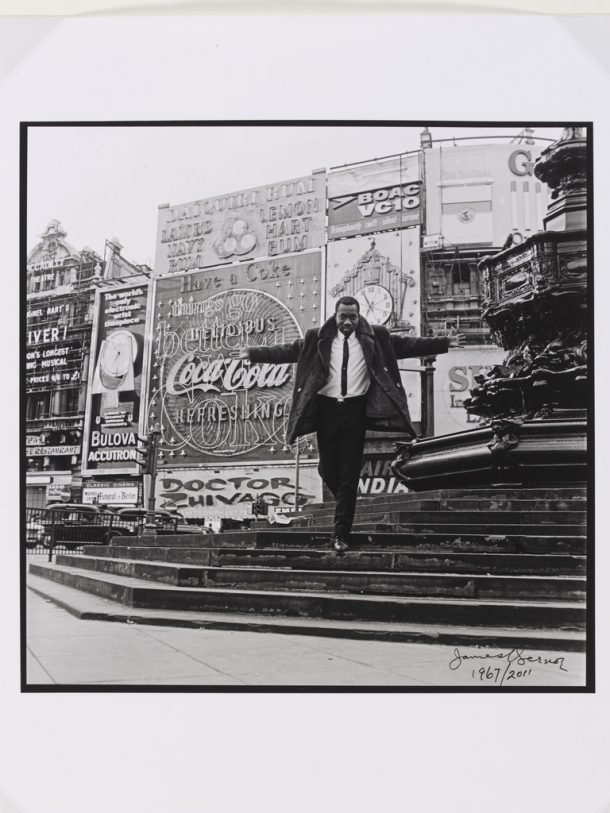
Inspired by nature at this time of year, let’s make a collage out of materials you can find outside. Your challenge is to create something that will inspire you to get outside even when it’s raining! Getting outside makes us happy!*
The Waterproof children in this photograph by John Heywood have the right idea!
Grab some warm clothes, a bag and head out to your local park or green space. You will be using what you collect to create your own artwork.
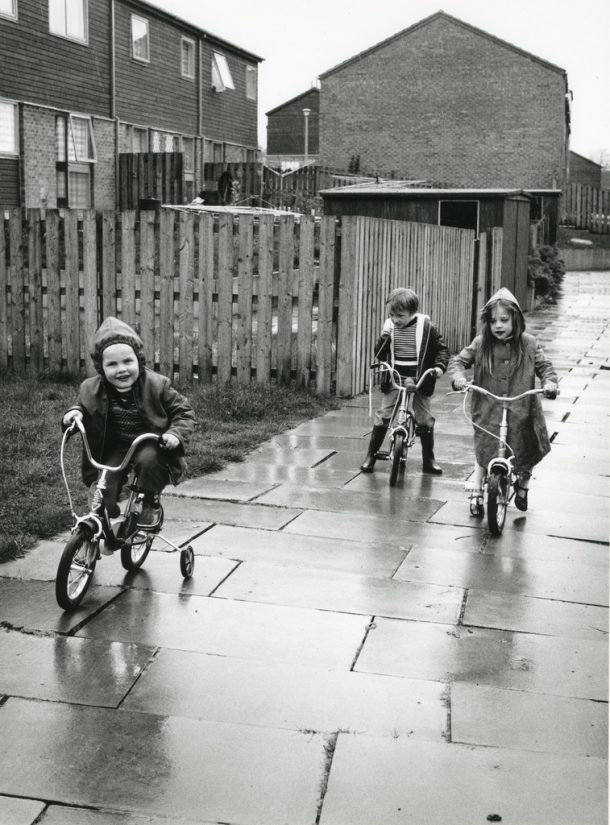
#LetsMakeWednesdays
What can you see around you? What could you collect? Try to find a variety of tree leaves, twigs, small pebbles or seeds. Try to collect a variety of objects that are different colours. What colours do you think of for autumn? The V&A collection is full of patterns and textiles created using yellows, reds, oranges, browns and more. What other autumnal colours can you add to that list?
Look at the poster by Edward McKnight Kauffer of some imagined Autumnal Woods and the richly coloured View of Autumn Maples at Ishiyama Temple in Omi Province.

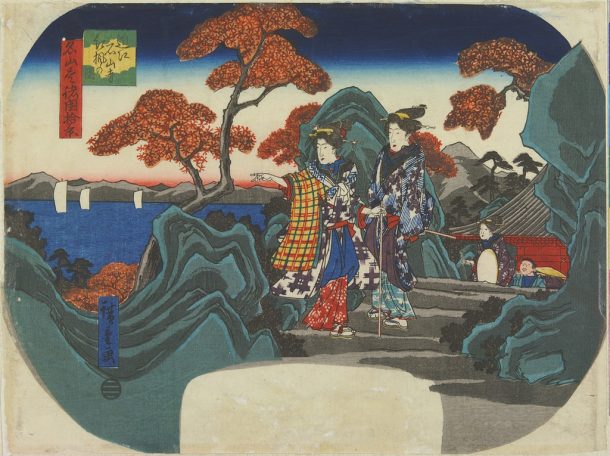
Let’s start to organise and design
Head back inside and lay your natural treasures onto a table or flat surface. Start to categorise and group them. You could do this by type (all my twigs), by size, or colour.
Find something to create your artwork on. You could use a piece of paper, the back of a cereal packet or part of a cardboard box.
Start arranging your objects. You could make your design symmetrical like William Morris did in his Autumn Leaves Wallpaper design.
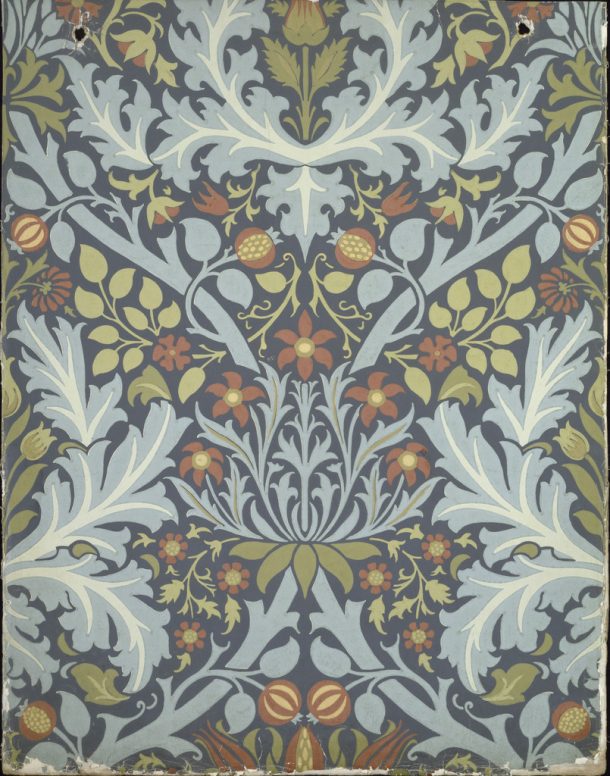
Or random and abstract like Alexander Calder in his tapestry design, also called Autumn Leaves.
Play around with your objects and choose your favourite design.
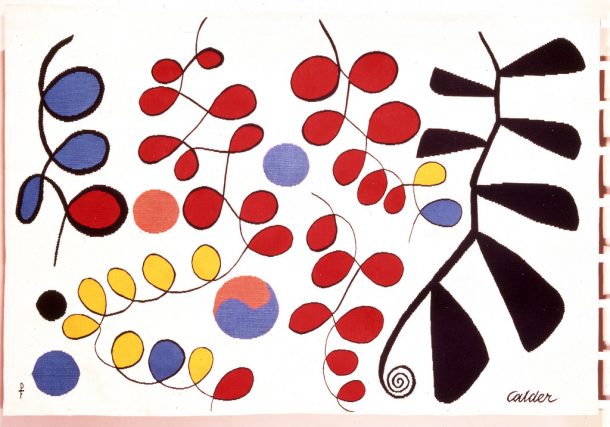
Let’s create your own artwork
You now have a few options of what to do next:
- You could take a photo and either print it out or share it digitally. How could you use digital technology to remix your artwork? You could then return your objects back into nature.
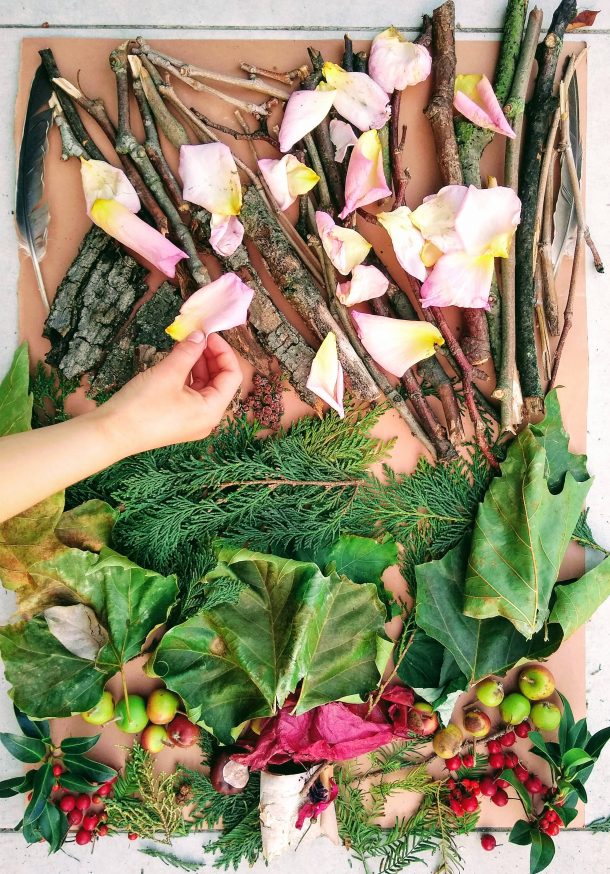
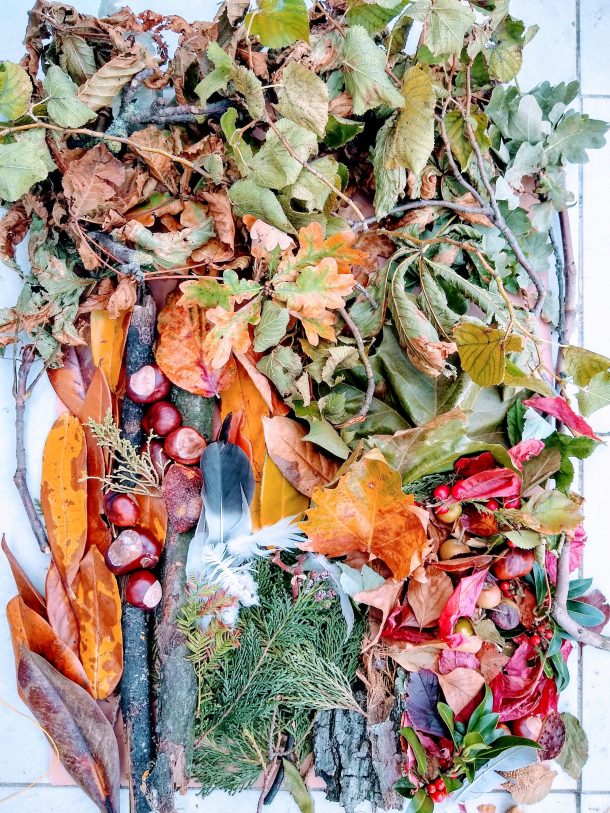
- You could draw around each object, remove them, and then fill in the spaces created using pen, pencil, crayon or paint. The following two images might inspire you. The Lucienne Day fabric creates not only the shape of the leaves but also recreates the detail of each one. Mary Yonge has used watercolours, pencil and inks to recreate impressions of flowers and leaves.
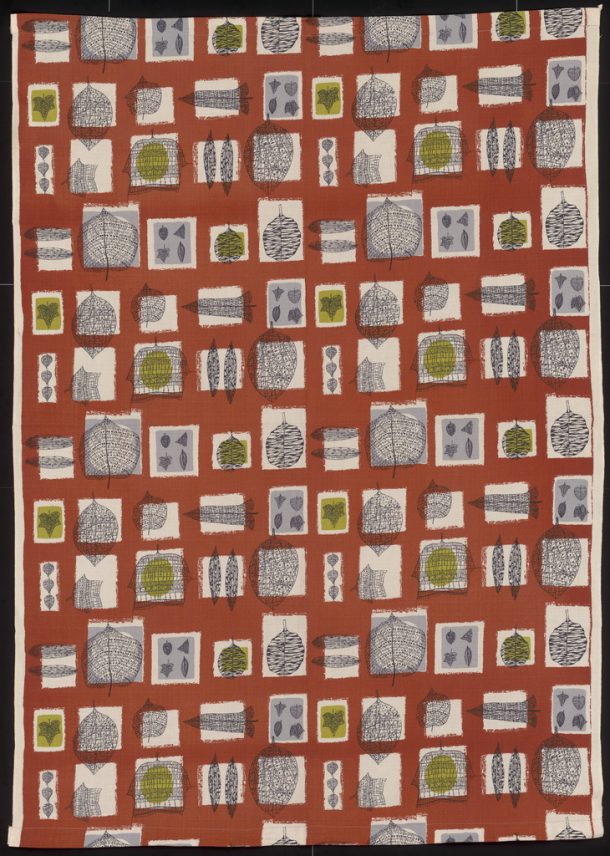
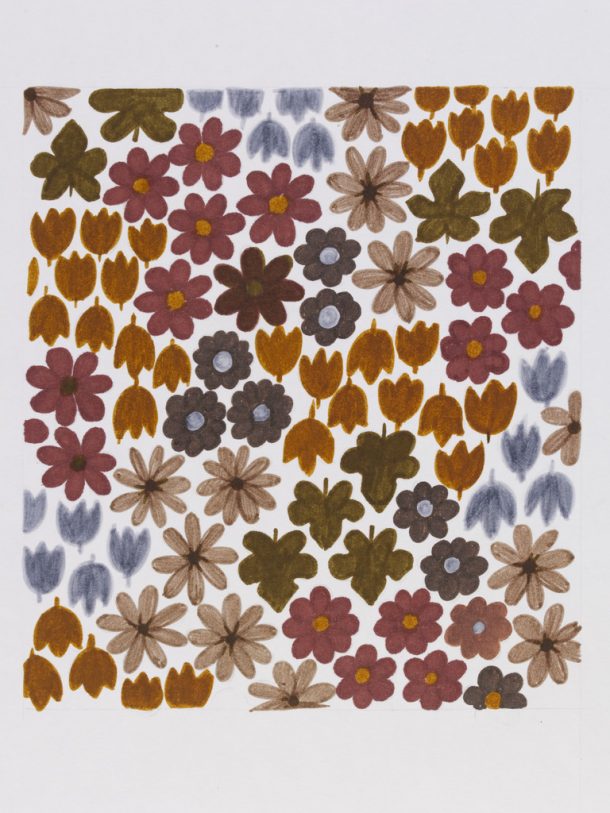
- You could combine your found objects with pen or paint to create a mixed media artwork. Using glue or pins to keep your objects in place.
Let’s try something else – remixing nature!
- When you were in your local green space, did you find any rubbish? Did you hear airplanes or cars? If you did, you could include them in another artwork that makes a statement about the environment.
- Could you use natural objects to design a new outfit? Get some inspiration from
this photo shoot.
Enjoy the process of making and experimenting and challenge yourself to try something new. Embrace the autumnal season of change!
Let’s celebrate what you have made
Display your collage somewhere where you will see it as the days get darker and colder. What could you use to frame it? What about sticks or string? How will you attach it to a wall? If you want to share your artwork with your neighbours, put it up in your window so that everyone passing can see it.
*Check out the Thriving with Nature guide on The Mental Health Foundation website. It includes a section on enjoying autumn.
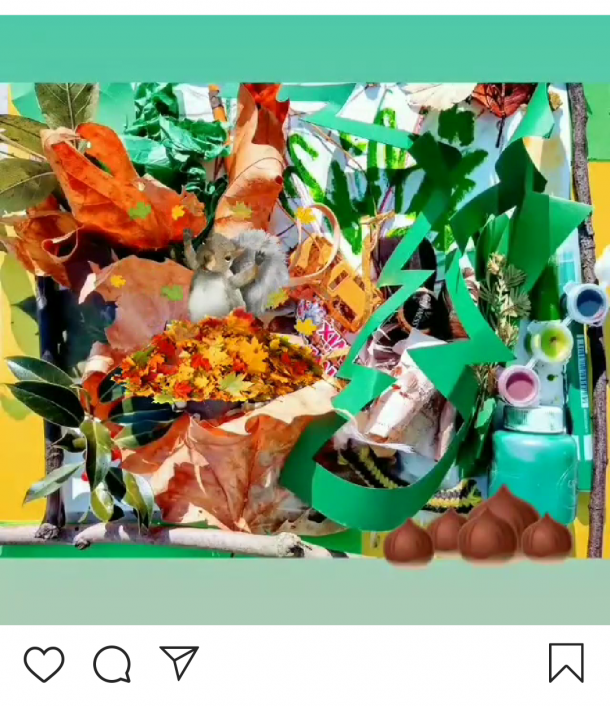
Don’t forget to show us what you made on social media using #LetsMakeWednesdays



Fabulous idea of recreating art from picking rubbish from green waste. So creative 💕